Gujarat Electric Vehicle Policy 2021
The Gujarat Electric Vehicle Policy 2021, announced by the
state's chief minister Shri Vijay Rupani, aims to put 2 lakh electric vehicles
on the state's roads in the following four years.
Scope and Eligibility
These incentives are based on the battery capacity of
electric vehicles and apply to all models (i.e., energy content measured in
kWh). Each vehicle segment's starting price for obtaining a subsidy will be in
accordance with the FAME II Scheme of the Government of India, dated March 8,
2019, F. No. 1(1)/2019-AEI, and any ensuing amendments.
For a period of four years beginning on July 1, 2021, the
State will target and support the deployment of the first two lakh electric
vehicles, whether for personal or business use. The target is broken down by
segment as shown below. 870 crores of Indian rupees are the total scheme outlay
for subsidies.
|
Vehicle
Segment |
Target
under Policy Period |
|
2-Wheelers |
1,10,000 |
|
3-Wheelers |
70,000 |
|
4-Wheelers (Private and Commercial) |
20,000 |
|
Total |
200,000 |
Over and above any subsidies offered by the Central
Government, the State will provide a demand incentive.
The electric vehicle battery capacity will determine the
incentives for all types of electric vehicles (i.e., energy content measured in
kWh). The threshold price to qualify for a subsidy for each vehicle segment
shall be in accordance with the FAME II scheme of the Government of India,
dated March 8, 2019, F. No 1(1)/2019-AEI, and any modifications made thereto.
|
Incentive Across all E-vehicle
Segments Under the Policy Period |
||
|
Vehicle Segment |
State Subsidy Amount (in Rs.) |
Max ex-factory price to avail incentive
(in Rs.) |
|
2-Wheeler |
Rs. 10,000/- per kWh |
Rs. 1.5 lakhs |
|
3-Wheeler |
Rs. 10,000/- per kWh |
Rs. 5 lakhs |
|
4-Wheeler |
Rs. 10,000/- per kWh |
Rs. 15 lakhs |
Summary of incentives across all segments under the policy period
·
The
maximum subsidy should not be greater than 40% of the vehicle's ex-factory
price.
·
The
maximum subsidy is INR 20,000 for 2Ws, INR 50,000 for 3Ws, and INR 1.5 lakhs
for 4Ws. Commercial and private vehicles will both receive subsidies.
·
Additionally,
a 100% registration fee waiver is available to all-electric vehicles approved
by the Gujarat RTO.
Policy Incentives for EV Charging Infrastructure in Gujrat
There are currently 278 EV charging stations in the nation,
and 250 more will be built as part of this EV policy, bringing the total to
528. This information is from the CM office's announcement. Additionally,
charging stations will be permitted at gas pumps.
·
The
first 250 commercial public EV charging stations for 2-wheelers, 3-wheelers,
and 4-wheelers will be eligible for a 25% capital subsidy on equipment or
machinery (capped at Rs. 10 lakhs per station).
·
The
nodal agency for charging stations and any associated subsidies will be the
Gujarati government's Energy and Petrochemicals Department.
·
The
State Government will exempt 100% electricity duty of EV charging stations
during the period of this EV policy.
·
The
State Distribution Licensees (DisComs) will permit EV charging from an existing
consumer connection at the current rate, with the exception of an agriculture
connection.
Policy Incentives for EV Manufacturing and their Components
All provisions of the Gujarat Industrial Policy 2020, current
policies, and Government Resolutions (GR), as amended from time to time, must
be followed by Parties planning to build new facilities for EV manufacturing or
upgrade existing ones.
|
Gujarat Electric Vehicle Policy 2021:
Highlights |
|
E-vehicle registered at Gujarat RTO
will be exempted from the registration fee, within four years, fuel worth 5
crore rupees will be saved. |
|
Establishing
charging stations will be permitted at Petrol pumps. |
|
Charging facilities to come up at
housing and commercial infrastructures |
|
At least 6
lakh tonnes of CO2 will be emitted less. |
|
Through DBT, subsidies of up to Rs.
20,000 for two-wheelers, Rs. 50,000 for three-wheelers, and up to Rs. 1.5
lakh for four-wheelers will be directly credited to bank accounts. |
Policy
Document
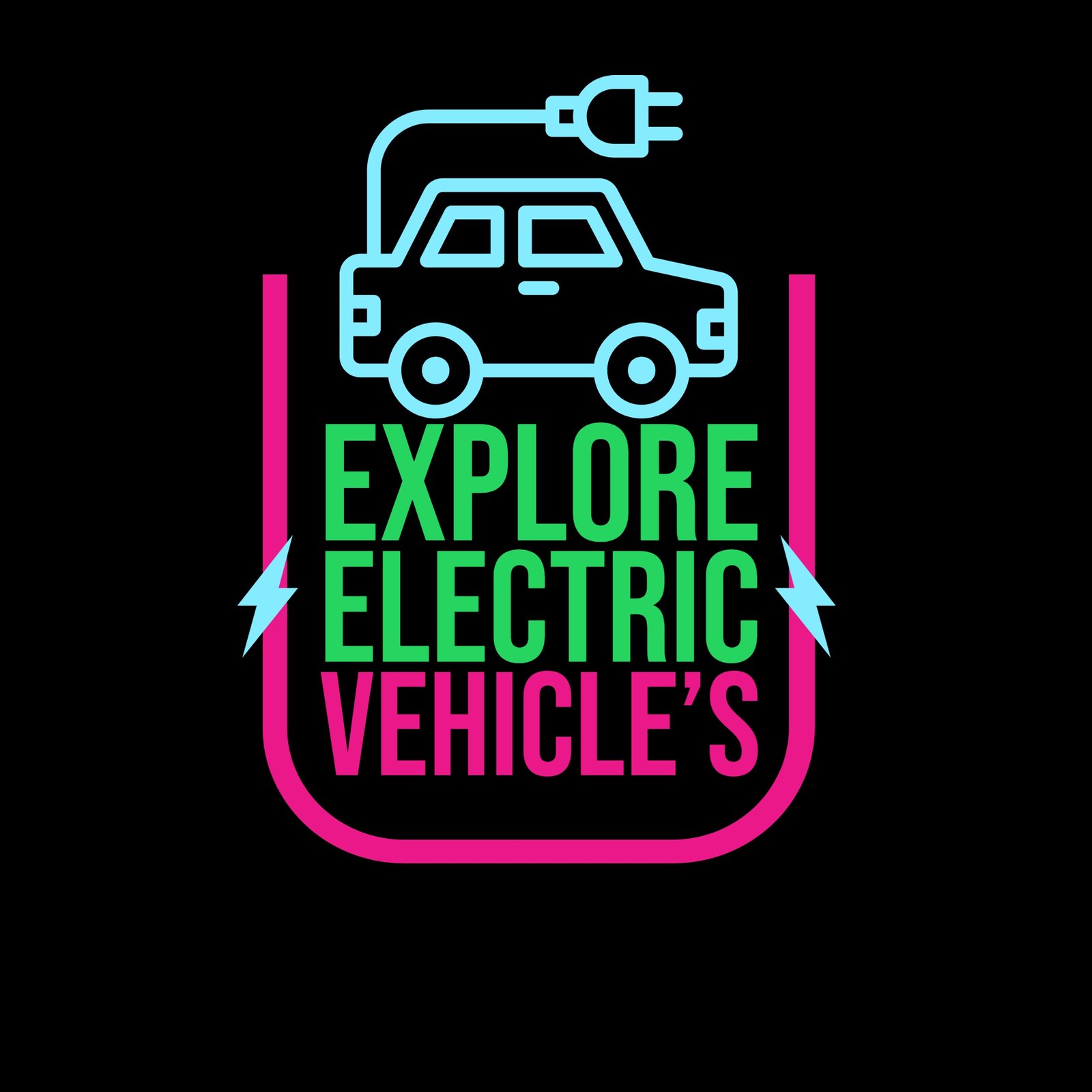





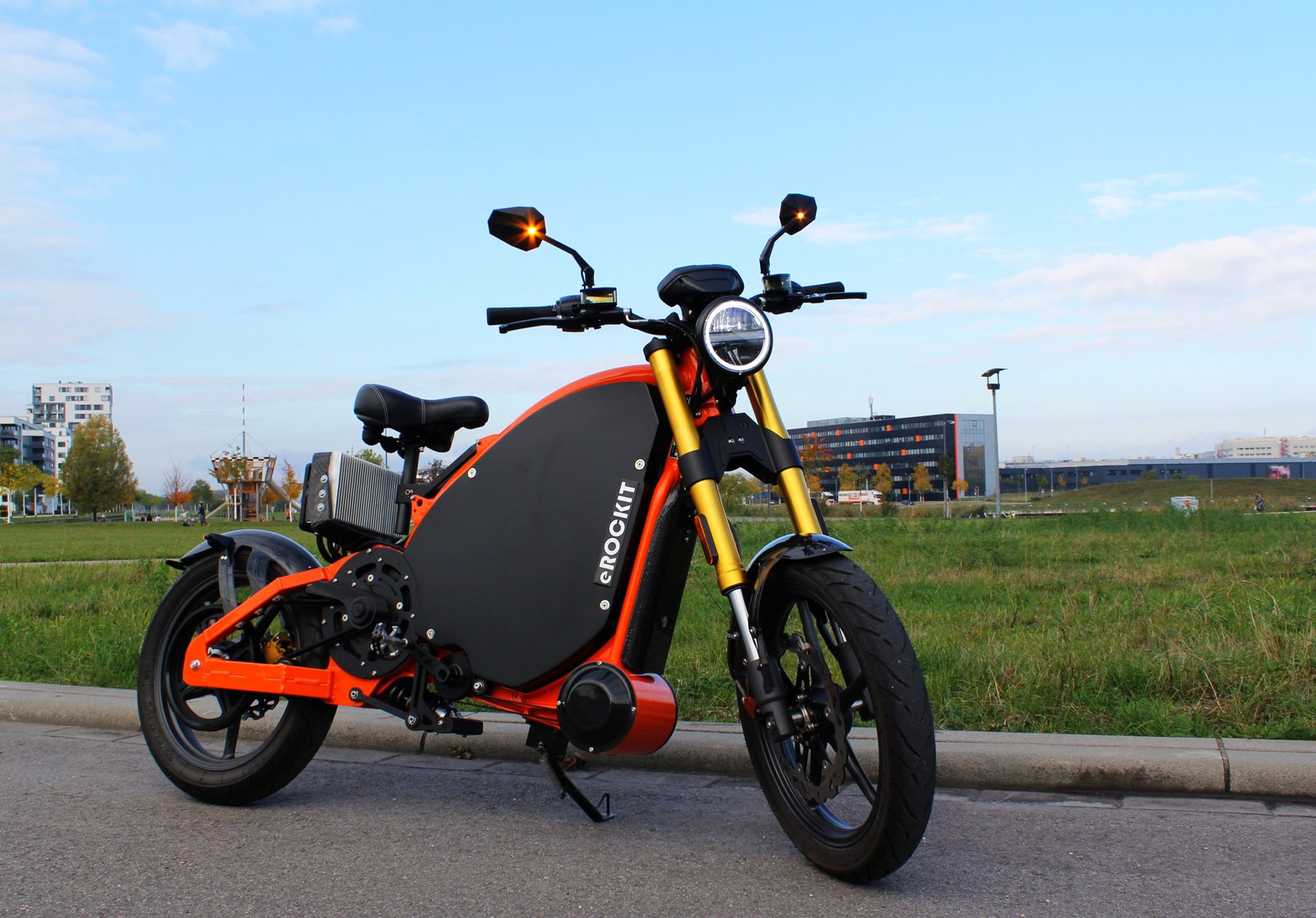

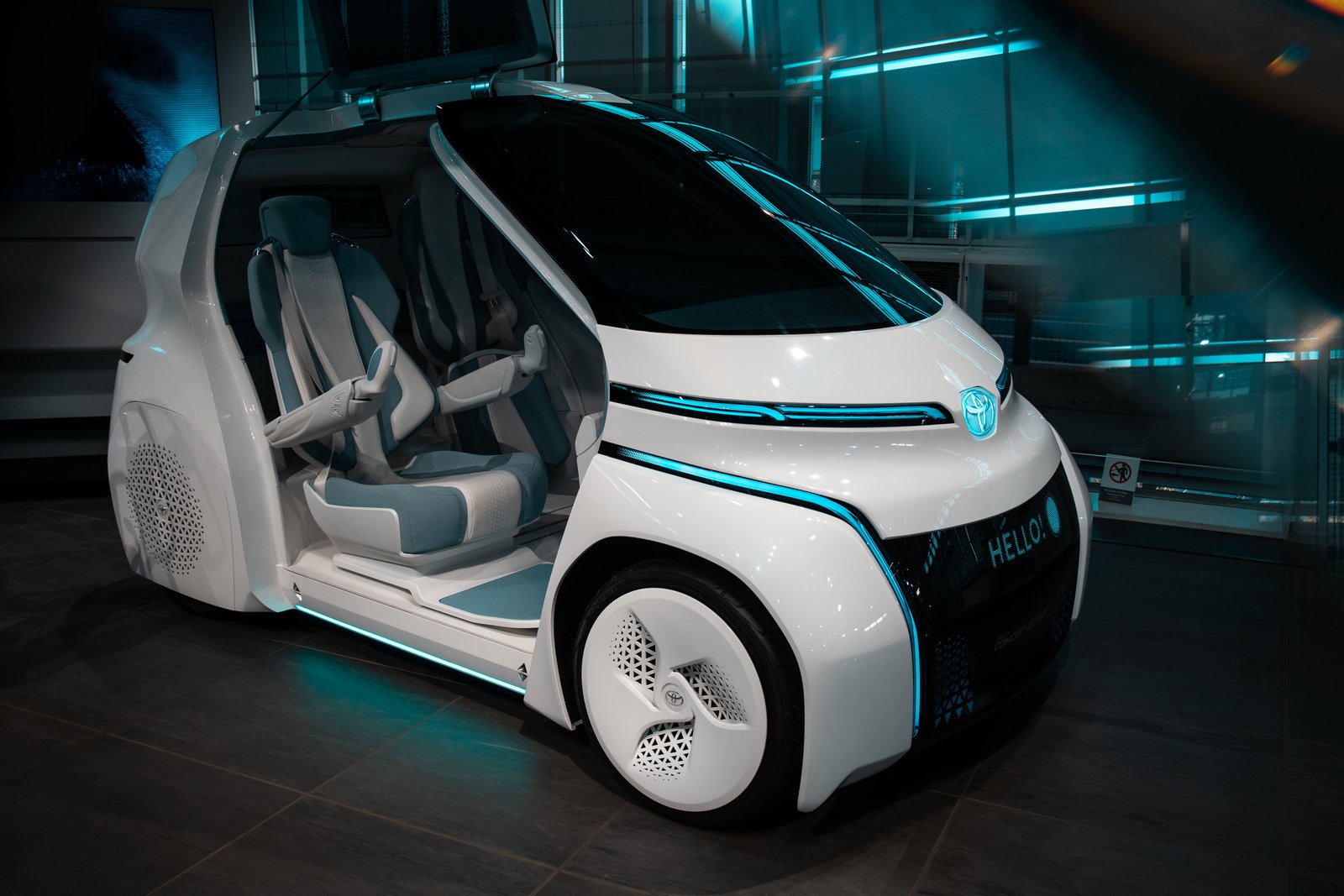

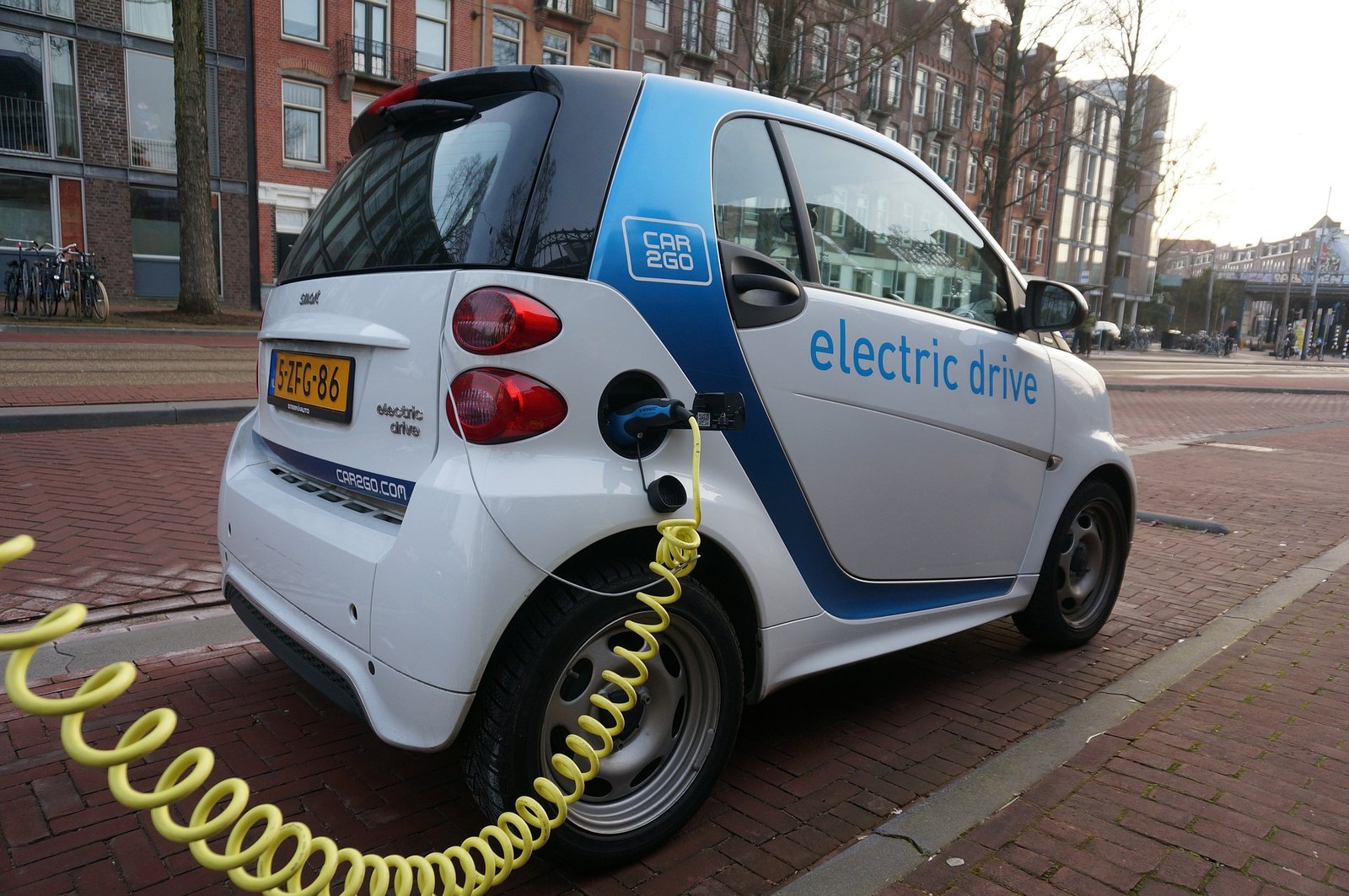

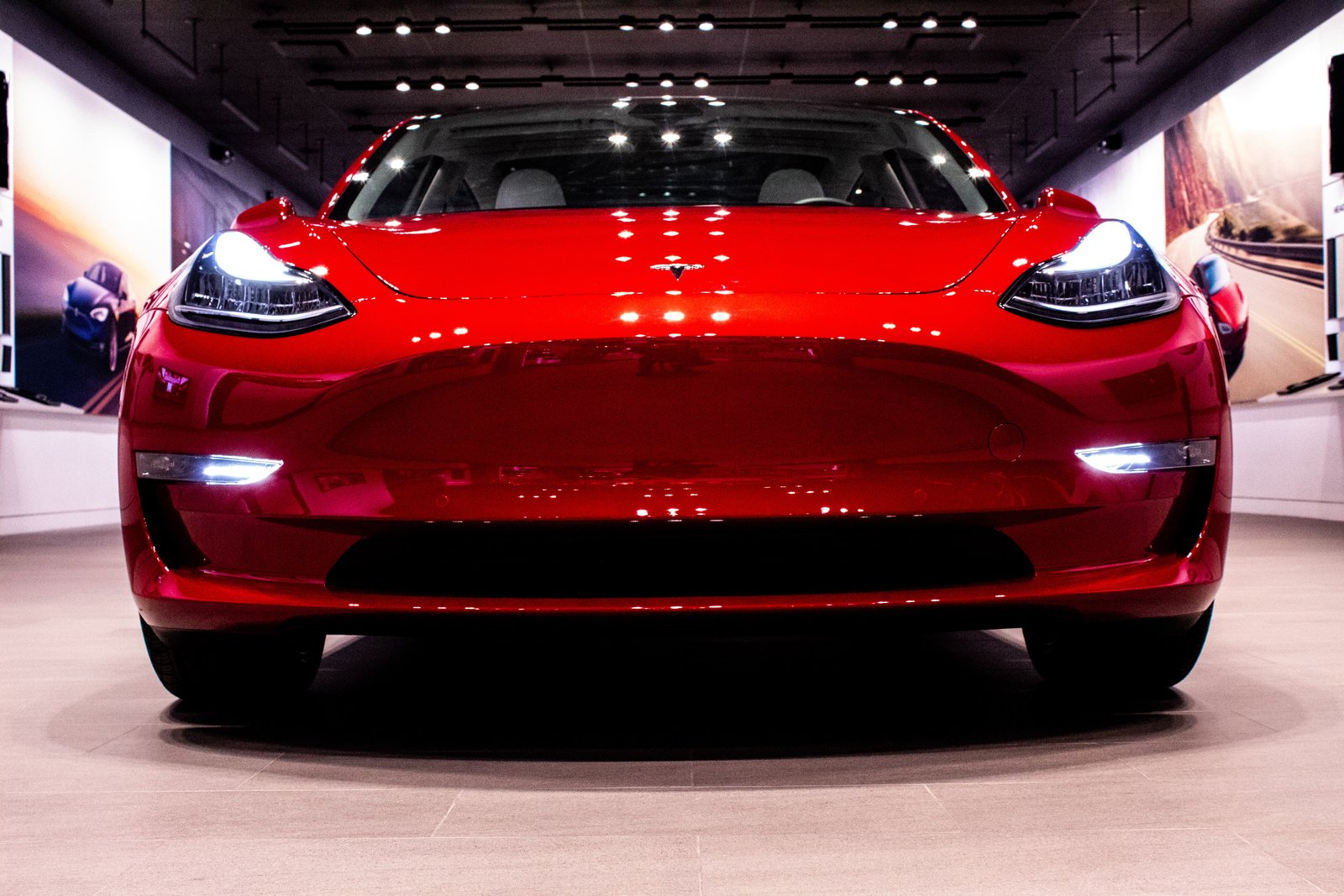
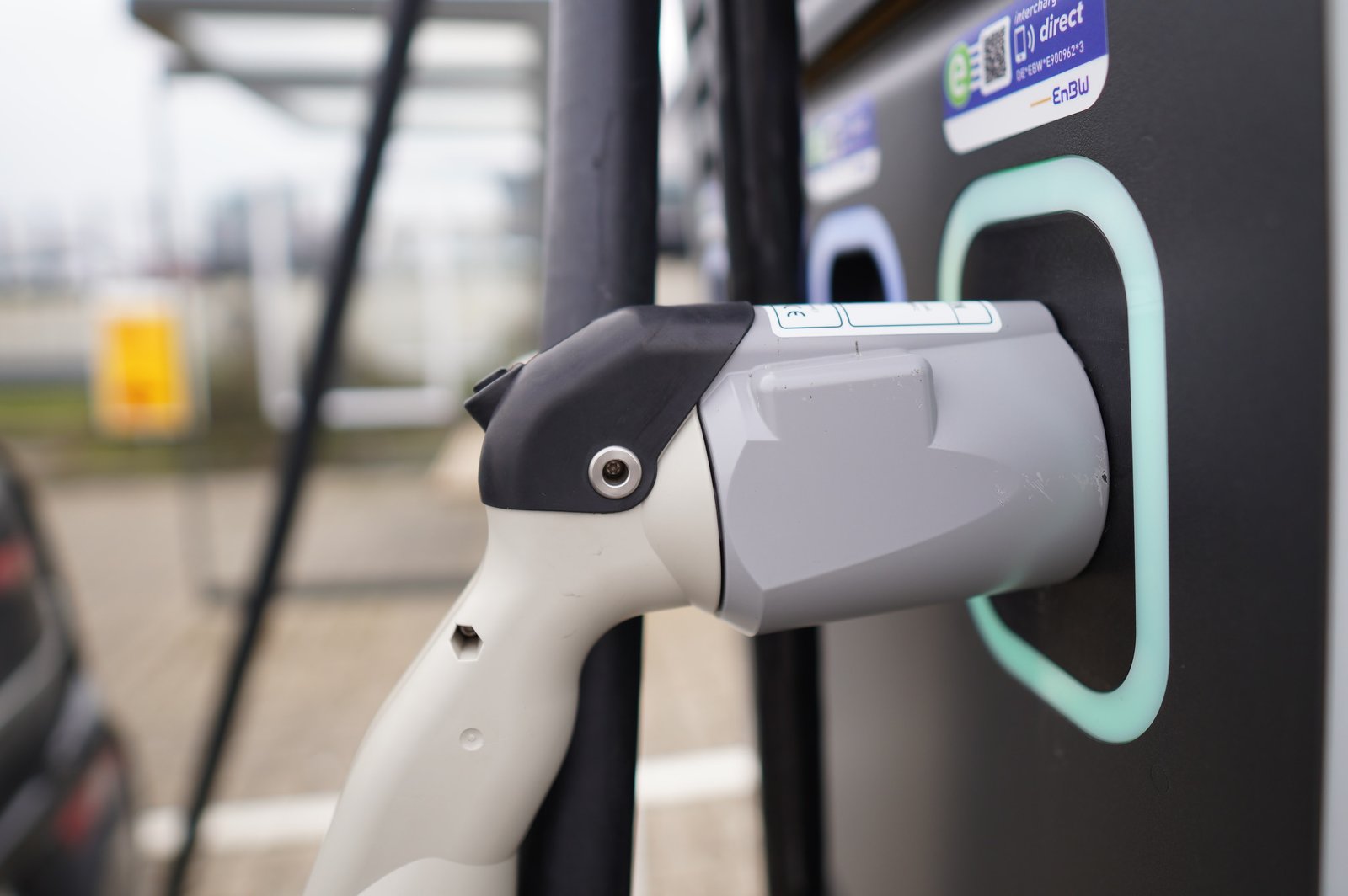

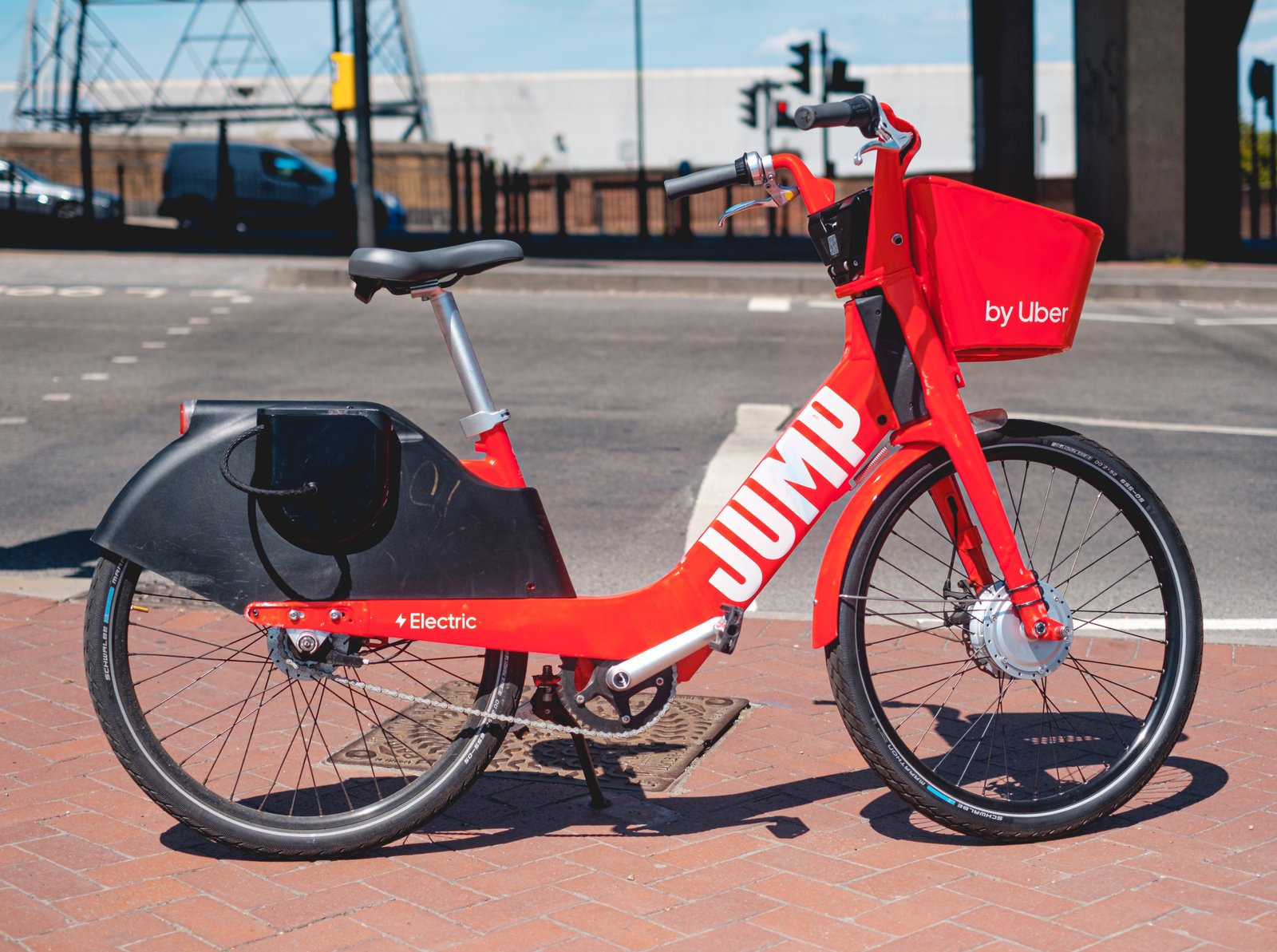

Leave a Comment